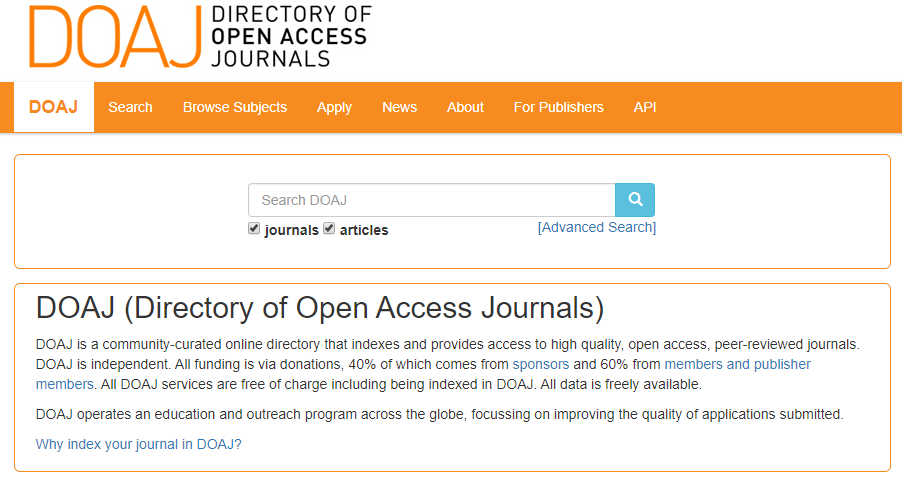
Selling EBook by Mohamed Hassan licensed under pxhere
OA was initially created in response to high journal costs that made research and information inaccessible to those without large budgets. Nowadays, there are many ongoing discussions about the economics behind OA and its sustainability. Furthermore, because OA is a relatively new publishing model, some fields doubt its reliability and resist its use.
One of the biggest misunderstandings about open access is that it is low-quality and not peer-reviewed. In truth, many OA journals follow peer-review processes similar to that of closed access journals and uphold high publishing standards as well. In every academic field, there is at least one OA journal ranked at or near the top in terms of impact. As Suber (2015) states, “OA is compatible with every kind of peer review and doesn’t presuppose any particular model.”
An open access repository stores and provides access to journal articles. A well-known OA repository is PubMedCentral (PMC), which is funded by the National Institute of Health and provides full-text articles in biomedical and life sciences. A directory of over 4,000 OA repositories can be viewed on the Directory of Open Access Repositories (OpenDOAR).
Some databases or library catalogs allow you to narrow down results to open access items only, while others like the Directory of Open Access Journals (DOAJ) consist exclusively of open access journals. DOAJ contains about 12,000 open access peer-reviewed journals in the science and humanities. It is independent and funded by sponsors, members, and publishers. You can search for articles using the basic or advanced search options, or by using the Browse Subjects feature.

Screenshot of DOAJ homepage
References
Suber, P. (2015). Open Access Overview. Retrieved from https://legacy.earlham.edu/~peters/fos/overview.htm.



Leave a Reply